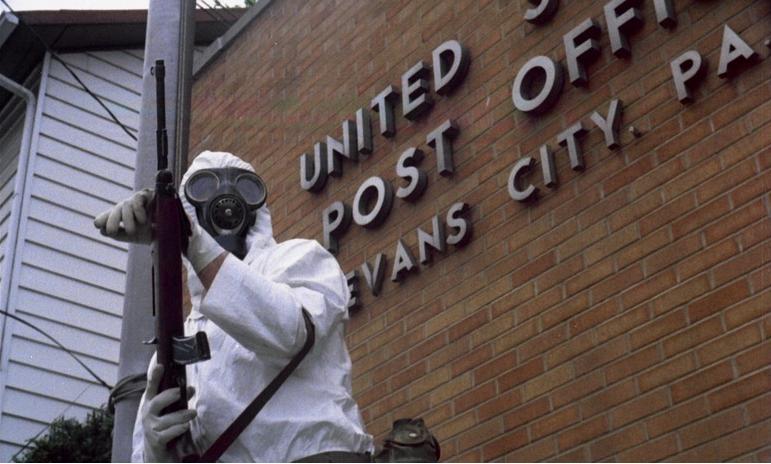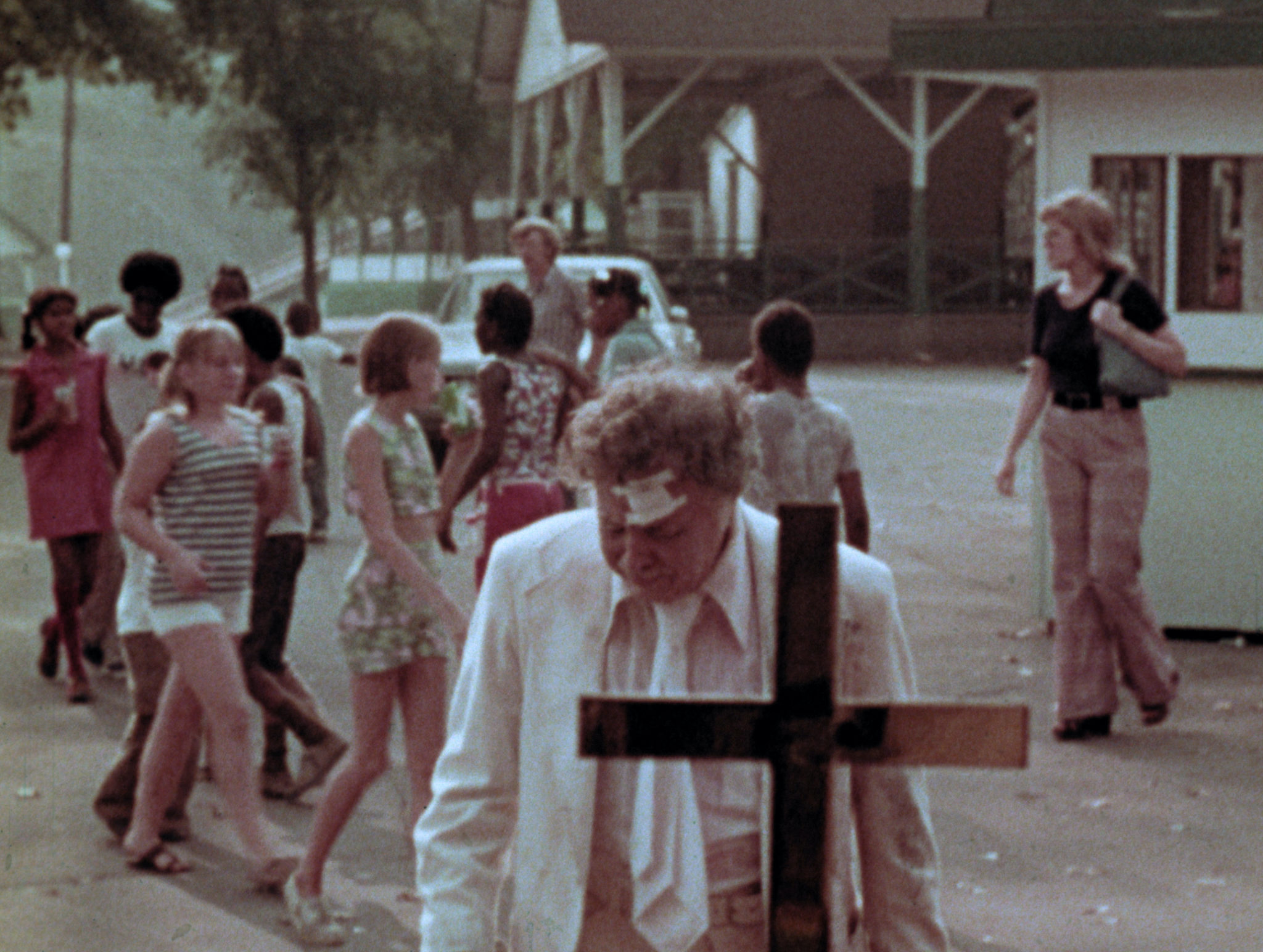An under-appreciated work from Romero’s early years, The Crazies is his rag-tag and darkly comic look at small town America in crisis
Released only a few years before he made his two greatest films, Martin (1977) and Dawn of the Dead (1978), The Crazies is an odd entry in the George A. Romero canon. Often shrugged off as a low budget dry-run for Dawn, the film deserves a great deal more credit than it has historically received. The film concerns a small Pennsylvania town where a plane carrying a top secret biological weapon has crash landed in the nearby mountain range. The chemical seeps into the water supply causing infected citizens to go mad, murder each other, destroy their homes, and rampage through the streets. The military is sent in with little information as they try and fail to contain the situation, while a leading scientist is accidentally delivered to ground zero where he is expected to develop a vaccine on the spot using high school chemistry equipment. A few locals escape the government’s jurisdiction and do their best to maintain their freedom before one-by-one succumbing to the all-around toxic atmosphere.
Related: George Romero’s Martin: Searching The Soul Of An Incel Vampire In 2019
Complaints against The Crazies’ rough looks and inexperienced cast are common, but I can only consider its rag-tag appearance as a virtue. In true Romero fashion, he didn’t wait around for a big budget, which is not to imply that he could have received one at this point in his career. The hype around Night of the Living Dead (1968) had died down after his non-horror follow-ups — There’s Always Vanilla (1971) and Season of the Witch (released only a month before The Crazies in February 1973) — were so poorly received. Working with his own rewrite of a script by Paul McCollough, The Crazies gave Romero an opportunity to expand his range within his horror wheelhouse. So he went out and made it with whatever resources he could muster.

The roughness is among The Crazies’ greatest attributes; it gives the film an urgency that adds to the drama and confusion of characters winging it at every social and governmental level. No one knows what they are doing, and the style of the film reflects that. And while the film certainly has its technical limitations, Romero doesn’t allow them to hold him back. He uses color to great effect; He emphasizes the idyllic blue skies and green fields of the rural town, creating a striking contrast to the violence taking place between citizens and soldiers. In lieu of the usual gore effects that accompany Romero’s horror films, the most memorable attack comes from an infected elderly woman’s knitting needle. She calmly and repeatedly stabs a soldier’s abdomen, and Romero allows the attached yarn to stretch and vibrate across the frame as it traces the path of the victim’s desperate crawl. The soundtrack at times becomes a collage of militaristic squabble and endless sirens. The film makes great use of montages, especially relating to the Army’s attempts to gain control of the situation. Within their makeshift headquarters, sequences are often full of quick cuts between confused radio calls, bad connections, and misinterpreted messages that are visually and sonically dense with jokes.
The seeming haphazardness of the aesthetics often enhances the film’s sense of humor. With the constant babbling of the hazmat-suit soldiers and top secret government lunch meetings — complete with floppy pickles and disinterested presidents (Romero in one of his two cameos) deciding whether to drop a nuclear bomb on a small US town — The Crazies often reaches Dr. Strangelove territory with its comedy. The high-ranking officials and generals come across like flustered PR agents, one of whom is introduced while failing to peel an orange. Other lower-ranking officials spend the film wondering if their services are being requested only because they have been deemed expendable by their superiors.
Where Romero’s classic zombie films turn the living dead into mostly mindless scavengers of flesh, the virus deployed in The Crazies stimulates characters into extreme, almost caricatured versions of their personalities that mostly accentuates their darker sides. This leads to a great deal of violent and transgressive pursuits. An overprotective father steals his daughter Kathy’s (Lynn Lowry) virginity after raving about not wanting young men to ruin her purity — this is after the virus has sent her into a state of extreme childlike innocence. In the wake of military occupation and quarantine, most of the small town citizens are quick to demonstrate their right to bear arms. They become a motley parade of small towners galloping through streets and fields with guns and bats — one woman even brings a broom and sweeps behind the crazed militia.
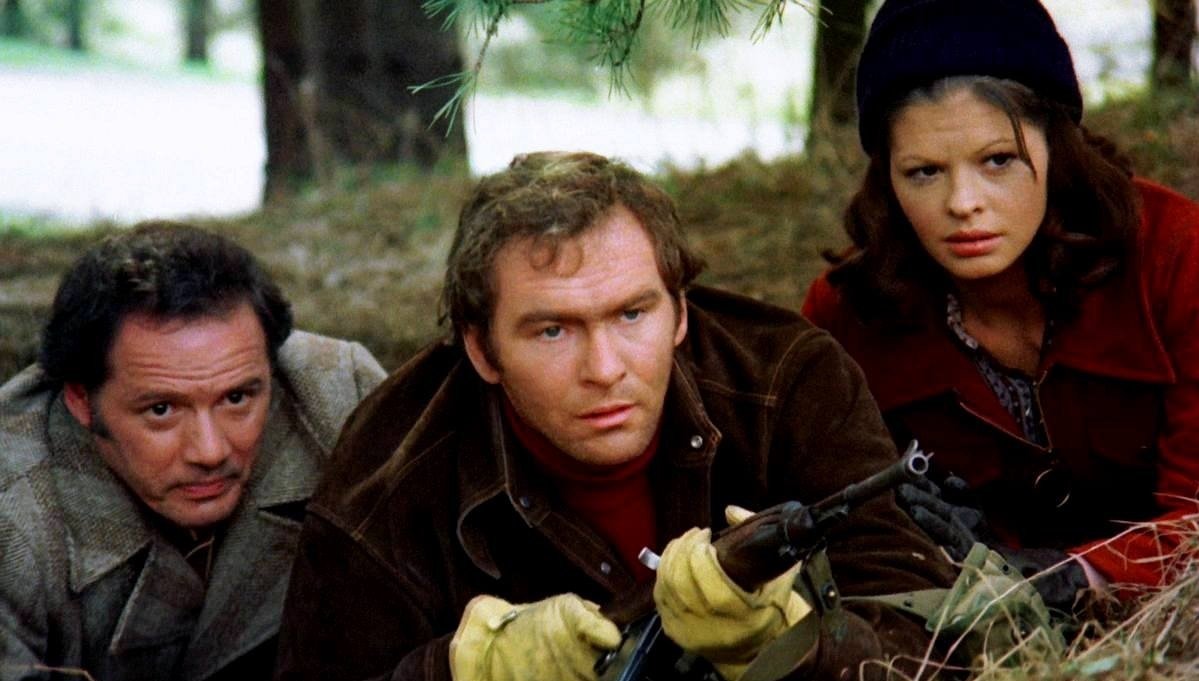
Yet with all of the unhinged behavior acted out by “the crazies,” one of Romero’s strongest choices in the film is to allow many of his infected characters to retain a sliver of awareness of being out-of-their-heads. In crucial scenes they can shift from being at their worst into their most vulnerable, as when the childlike Kathy snaps back to reality for a brief moment when the armed soldiers she attempts to play with turn against her. Aggression also gives way to unexpected sensitivity. Clank (Harold Wayne Jones), the brutish tough guy in the group of escapees, upon realizing he is sick, admits that he is scared before running off to his death. The crazies retain their humanity, not just their urge to zombie-walk through their favorite shopping mall from before the world went to hell.
The scariest part of the film isn’t the violence or the gore, but the lack of perspective from everyone involved, especially those in charge. The film is in many ways a comedy of errors, but more crucially, it’s a tragedy of no one listening to one another. No one wants to accept responsibility for anything that takes place, with individuals and departments trying to clear their name of any possible reasons for demerit or complaining that they should have been in charge instead of some other department. The few people trying to make a difference are met with red tape and must hurdle through endless bureaucratic hindrances. Few films are as provocative as The Crazies in showing how efficient the government institutions are at using protocol to impede upon potential solutions. One of the most haunting aspects of the film is how early into the film the highest ranking officials bring up the potential to use atomic weapons on their own citizens, going so far as to put the president on standby in case they decide to drop the bomb. They discuss the opportunity to obliterate the situation and all witnesses before they have a grasp on what is really going on.
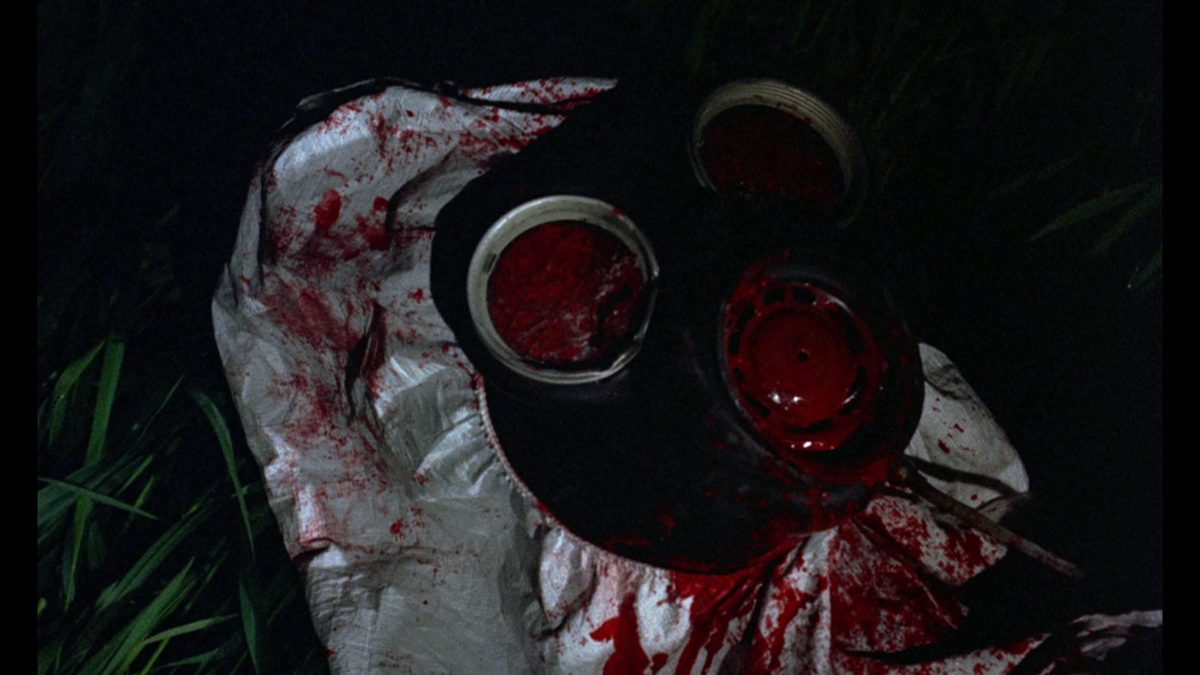
The Crazies is a film about various fights against protocol — some worthy, some confused, some entirely ill-advised. Romero captures something really troubling about particular notions of freedom and relationships to authority within this film. We see how incapable both sides, citizens and the authority figures, are at reacting sufficiently to a crisis situation, greatly in part because there is so little trust between the two sides. The film shows many individual citizens, those infected and immune, going immediately into defense mode when faced with government invasion. The powers-that-be are defensive in an even more dangerous and deceptive manner, creating more madness and fear with their ambiguity and refusal to communicate directly with those they are sent to protect from their own destructive mistake. Romero conveys not only how little the creators of these defense mechanisms understand their creations, but how dangerously removed from reality the ones with the power to use them tend to be. And for Romero, a filmmaker known for giving even his zombies more individual personality than most humans in other walking dead-themed movies and shows, the greatest crime in The Crazies is perhaps the overarching tendency of the government to de-humanize the situation, as entire populations are corralled into identity-less herds and treated as expendable in order to preserve some public semblance of control on the leadership end.
Stream The Crazies here
Find more October Horror 2020 here:
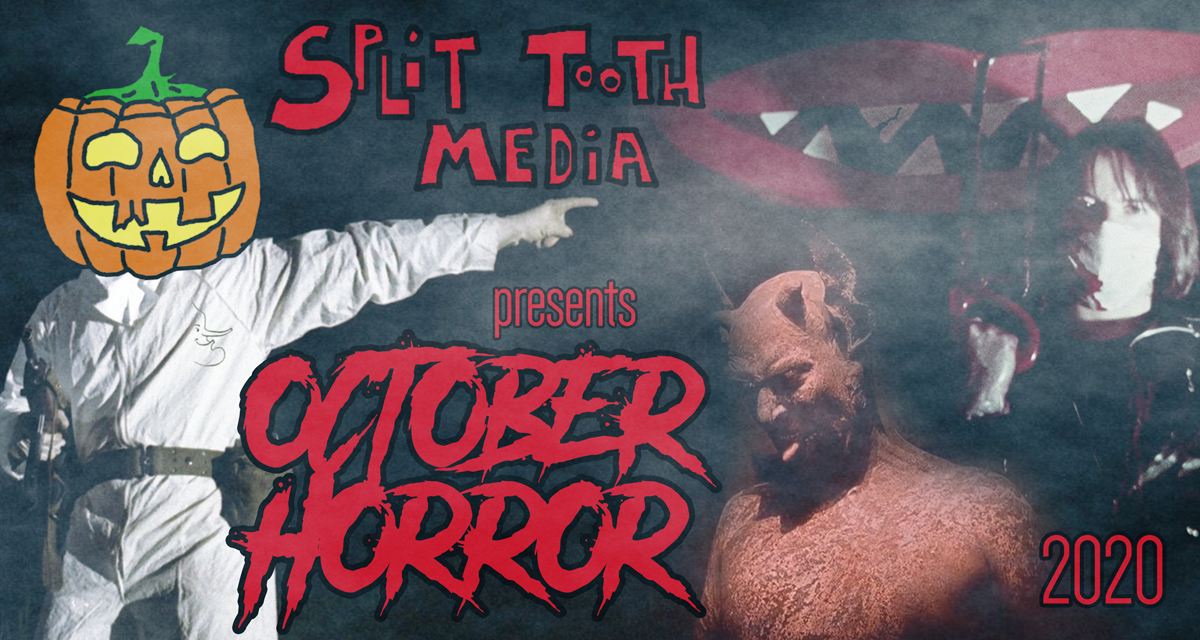
Follow Split Tooth Media to stay up to date with all things October Horror. Follow Brett on Twitter and Letterboxd
(Split Tooth may earn a commission from purchases made through affiliate links on our site.)

